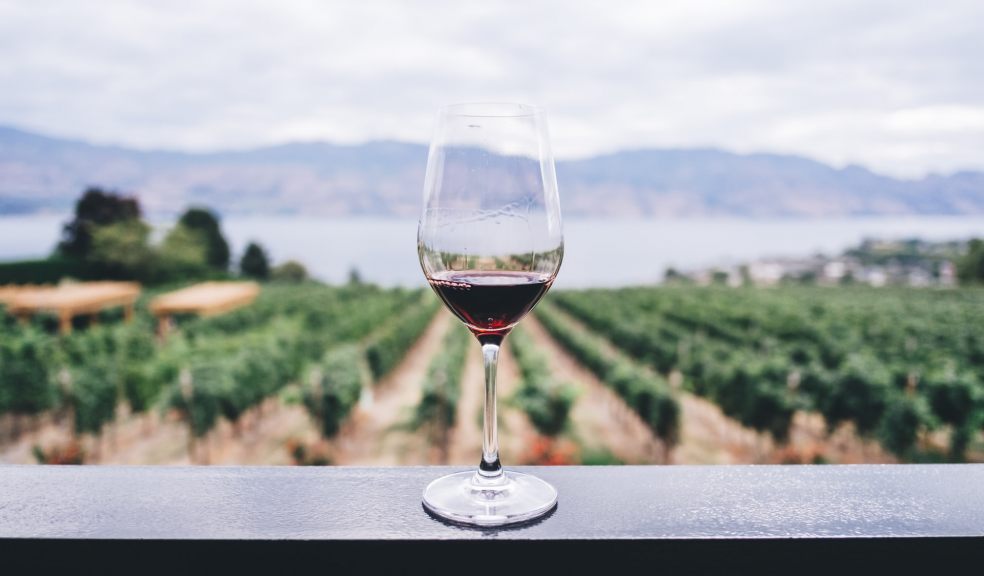
How to serve wine so that it tastes its best
If "wine appreciation" for you means chucking a few ice cubes in room temperature plonk after a long day, you're missing out on the simple thrill of sitting back and savouring the complex flavours and aromas that a nice wine brings to the table. The secret lies simply in how you serve it.
Whether you're someone who likes having a collection of wines on hand at all times, or someone who prefers to wing it, here are some top tips on how to get the most out of your favourite tipples this summer.
Storage is key
One of the quickest ways to chill a bottle is to lob it in the fridge for half an hour before serving. Even world-renowned oenophiles will admit to doing this in a pinch. That said, most people don't realise that it's a mistake to store wine in a regular refrigerator long term. Leave it in there for more than a few days, and it will start losing its vivacity. Your home fridge runs below the proper temperature and humidity for wine storage, which will damage your supply over time.
And although the freezer is an even quicker way to cool things down, one of the worst things you can do is leave your wine in subzero temperatures and forget about it for even a moment too long. Apart from the very real risk that your bottle will become a giant ice block, a 14 per cent alcohol wine starts freezing and expanding in minus 5 degree C temperatures, and lighter wines at higher temperatures than that. Not only will this push the cork out from the bottleneck, but ice crystals will permanently destroy the wine's composition.
With life so busy these days, you should be unwinding with your wines, not keeping tabs on them. For effortless storage with minimal fuss, a wine cabinet keeps temperatures precise and conditions stable until it's time to pop the cork. The perfect glass of wine will always be ready for you whenever you are.
Keep your glass half-full
To get maximum multisensory enjoyment from your wine, never fill your glass more than halfway. This leaves you the extra space to swirl it around and allow the aromas and full flavour profile to escape the rim of the glass before every sip.
Contrary to popular belief, the shape of your wine glass doesn't matter. You can enjoy red wines in white wine glasses and vice versa. Connoisseurs would argue, however, that the plainer the design and thinner the glass, the more "intimate" the relationship you'll have with your tipple.
Yes, you can decant
Most people don't bother with decanters but pouring a bottle of wine into a clean glass container and letting it "breathe" can have a massive effect on taste and quality. Whether this effect is positive or negative depends on the wine itself. Too much vigorous aeration can destroy a delicate vintage, but it can improve a young wine by mimicking the ageing process.
Decanting also separates the wine from any bitter sediments that might have formed in it.
Temperature matters most
Chilling the living daylights out of your wine only makes sense if you're drinking cheap plonk and are trying to kill off its flavour. If you're looking to truly enjoy your wine, colder is not necessarily better.
In essence, the warmer a wine is, the more you can taste it. Not only does warmth release more aroma and flavour molecules, but it also softens the tannins a bit and opens up the complexity.
That said, too much heat literally "cooks" wine, burning away all of its intricate notes. Above a certain temperature, you'll be left with nothing but vinegary astringency and a strong whiff of alcohol.
Why chill wine?
Cooler temperatures preserve and enhance the more delicate fresh fruit flavours. Crisp, light whites like Riesling, Muscadet and Sauvignon blanc, as well as sparkling wines and champagnes, need to be ice cold to come alive.
More full-bodied whites like Chardonnay don't need to be nearly as frosty. When too chilled, they lose the nutty creaminess that gives these wines their unique complexity and earthy quality.
Reds need chilling, too
There's a pervasive myth that if a wine is red, it must be served at room temp, no questions asked. However, that couldn't be further from the truth.
Red wine should be stored at temperatures as low as 12-13 degrees C, you can bring the temperature up to 18 degrees C to serve the fullest bodied varieties. These used to be average room temperatures, back in the old days of drafty houses and no central heating. These days, however, the average home tends to be much warmer, at least five degrees hotter than ideal.
If red wines get too warm, their flavours simply evaporate and take on an unpleasantly muddy or soupy quality.
Believe it or not, the perfect serving temperatures of most red and white wines are a lot closer than most people think. For some heavier whites and lighter reds, they're more or less the same.
In fact, many reds benefit from being slightly below their ideal chill temperature before serving, because they quickly warm up in the glass within the palm of one's hand. It's quicker and easier to heat up a too-cold wine than it is to cool down a too-hot wine.
Light-bodied reds like Pinot Noir, Lambrusco or Beaujolais are prime candidates for chilling. Their very fruit-driven flavours make for a perfect summer refreshment.
Full-bodied reds? Not so much. The reason these wines taste "off" when served too cold is that they lack the chewy tannins that are accentuated by lower temperatures.














